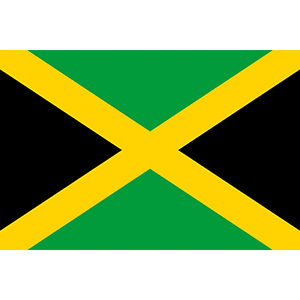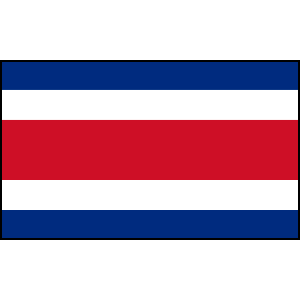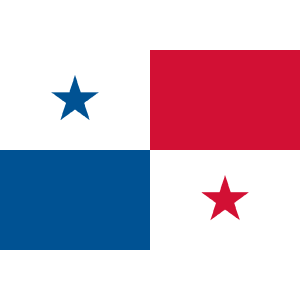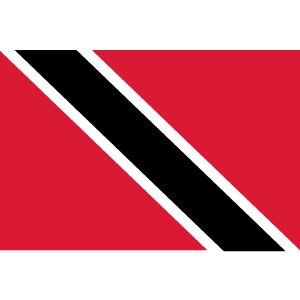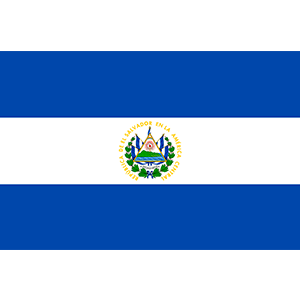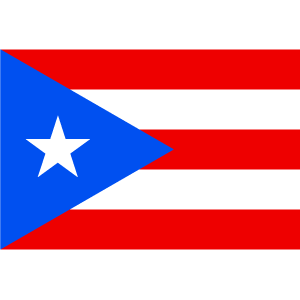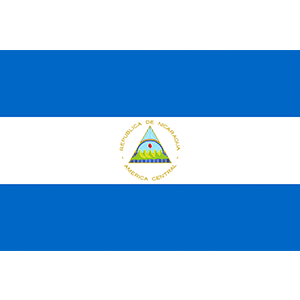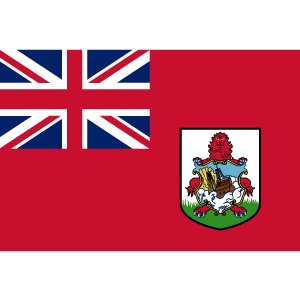Search results
Grenada (/ ɡ r ə ˈ n eɪ d ə / ⓘ grə-NAY-də; Grenadian Creole French: Gwenad / ɡ w i ˈ n aɪ d /) is an island country of the West Indies in the eastern Caribbean Sea. The southernmost of the Windward Islands , Grenada is directly south of Saint Vincent and the Grenadines and about 100 miles (160 km) north of Trinidad and the South ...
- United States Invasion of Grenada
The United States of America and a coalition of six...
- St. George's
History The island of Grenada and port Saint-Georges in...
- Coast Guard of Grenada
The Grenadian Coast Guard is one of two military branches in...
- Monarch
The monarchy of Grenada is a system of government in which a...
- Prime Minister
This is a list of heads of government of Grenada, from the...
- Dickon Mitchell
Saint David Parish, Grenada: Political party: National...
- Afro-Grenadians
History. On 17 March 1649, a French expedition of 203 men...
- Mona Monkeys
The mona monkey (Cercopithecus mona) is an Old World monkey...
- Demographics of Grenada
The vast majority of the population of Grenada are of...
- Flag
Grenada; Use: National flag: Proportion: 3:5: Adopted: 7...
- United States Invasion of Grenada
- Overview
- Relief
- Drainage and soils
- Climate
- Plant and animal life
- People
- Economy
- Agriculture, forestry, and fisheries
- Manufacturing, services, and trade
Grenada, island country of the West Indies. It is the southernmost island of the north-south arc of the Lesser Antilles, lying in the eastern Caribbean Sea about 100 miles (160 km) north of the coast of Venezuela. Oval in shape, the island is approximately 21 miles (34 km) long and 12 miles (19 km) wide. The southern Grenadines—the largest of which is Carriacou, about 20 miles (32 km) north-northeast, with an area of 13 square miles (34 square km)—are a dependency.
The capital, St. George’s, on the southwest coast, is also the main port, having a fine natural harbour, and its picturesque pastel-coloured houses rise up the hillsides from the waterfront. The waterfront itself is known as the Carenage because island schooners were once careened (beached for cleaning or repair) there. St. George’s is the yachting and charter-boat centre of the eastern Caribbean.
Grenada is volcanic in origin, with a ridge of mountains running north and south—the steeper slopes to the west and a more gradual incline to the east and southeast. The highest point is Mount St. Catherine (2,757 feet [840 metres]) in the northern part of the interior. The landscape is scenic, with fairly deep steep-sided valleys and about 10,000 acres (4,000 hectares) of forest.
Britannica Quiz
Several short, swiftly flowing streams supply all towns and most villages with piped clean water. A further source of water is Grand Etang, a lake covering 36 acres in the crater of an extinct volcano at an elevation of 1,740 feet (530 metres). The fertile soils are chiefly volcanic, with some limestone in the north.
The island has equable temperatures, varying with altitude and averaging 82 °F (28 °C). Rainfall is adequate, except in the Point Salines area in the southwest; it varies from an average of 60 inches (1,500 mm) in coastal districts to more than 150 inches (3810 mm) in the mountainous regions. The rainy season lasts from June to December. November is the wettest month, but showers occur frequently during the other months. Grenada lies south of the usual track of hurricanes, but when they do occur, as in 1955, 1979, and 1980, they often cause extensive damage.
Special offer for students! Check out our special academic rate and excel this spring semester!
The island is verdant, with a year-round growing season and a wide variety of tropical fruits, flowering shrubs, and ferns. There are also forests of teak, mahogany, saman (known as the rain tree), and blue mahoe (a strong-fibred tree) in the interior.
The animal life is varied and includes such wild animals as the mona monkey (a small, long-tailed, West African species that was introduced by slaves), the manicou (a species of opossum), the agouti (a rabbit-sized rodent, which is brown or grizzled in colour), the iguana, the mongoose, and a variety of turtles and land crabs.
Most of the population is black, having descended from African slaves, and there is a large minority of mulattoes and other mixtures. There are also small minorities of East Indians, descendants of indentured labourers brought to replace the freed slaves; descendants of the old French and British settlers; and more-recent immigrants from North Amer...
Agriculture and tourism are the most important sectors of the economy, although fishing and agriculturally based industries are becoming more significant. Grenada relies on financial support from the United Kingdom and other sources to bolster the economy.
To a greater extent than in most West Indian islands, Grenada’s arable land is divided into small holdings on which peasant proprietors cultivate diversified crops. Because of these small holdings and the generally hilly terrain, mechanical tilling is rare. The major agricultural export crops—cocoa, bananas, nutmeg, and mace—in the past were contro...
Tourism, a major factor in the island’s economy, has been encouraged by the government. Air transport facilities have been improved, and the harbour is visited by numerous cruise ships. Other sources of employment are such secondary industries as clothing manufacture, sugar milling, brewing, rum distilling (a strong white rum being made for local consumption), food canning, copra processing, cigarette manufacturing, and soapmaking. There is a cotton ginnery on Carriacou.
Grenada’s principal trading partner is the United States. Exports go largely to the United States, Germany, Malaysia, the Netherlands, and Egypt and to other Caribbean countries. Most imports come from the United States, China, the United Kingdom, Malaysia, and Barbados.
The history of Grenada in the Caribbean, part of the Lesser Antilles group of islands, covers a period from the earliest human settlements to the establishment of the contemporary nationstate of Grenada.
Grenada is an island country located between the Caribbean Sea and Atlantic Ocean, north of Trinidad and Tobago. It is located at 12°07′N 61°40′W. There are no large inland bodies of water on the island, which consists entirely of the state of Grenada. The coastline is 121 km long.
Grenada (/ ɡ r ə ˈ n eɪ d ə / grə-NAY-də; Grenadian Creole French: Gwenad) is an island country in the Caribbean Sea that received its independence from the United Kingdom in 1974. Its capital is St. George's.
Grenada is the southernmost island nation of the north-south direction of the Lesser Antilles arc. A total of 344 sq kms, Grenada includes three key islands including its main island. Offshore are a variety of ecosystems within the country's three MPAs.
People also ask
Where is Grenada located?
What is the history of Grenada in the Caribbean?
Who inhabited Grenada?
What ethnicity is Grenada?





